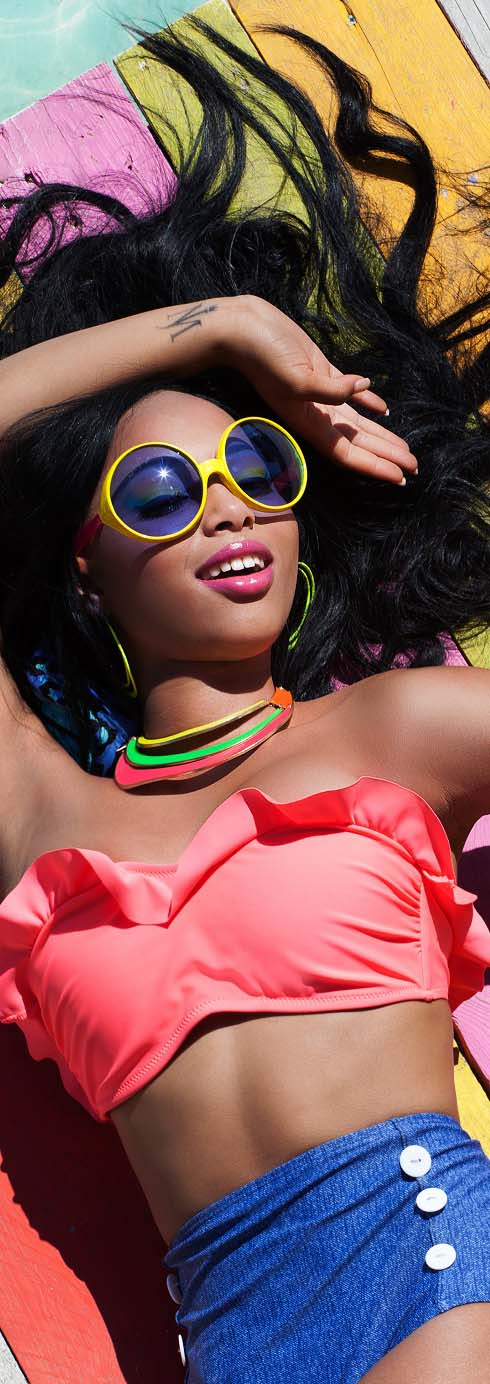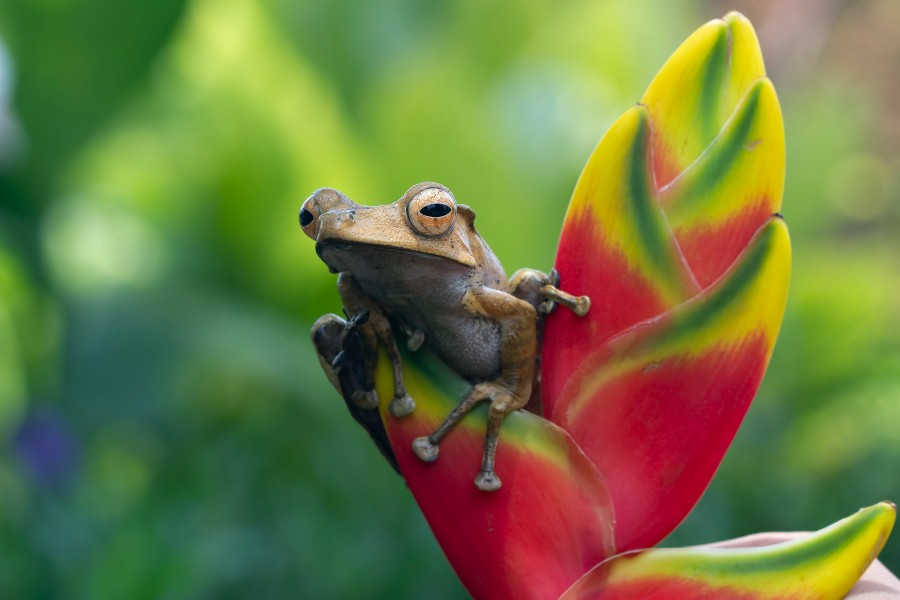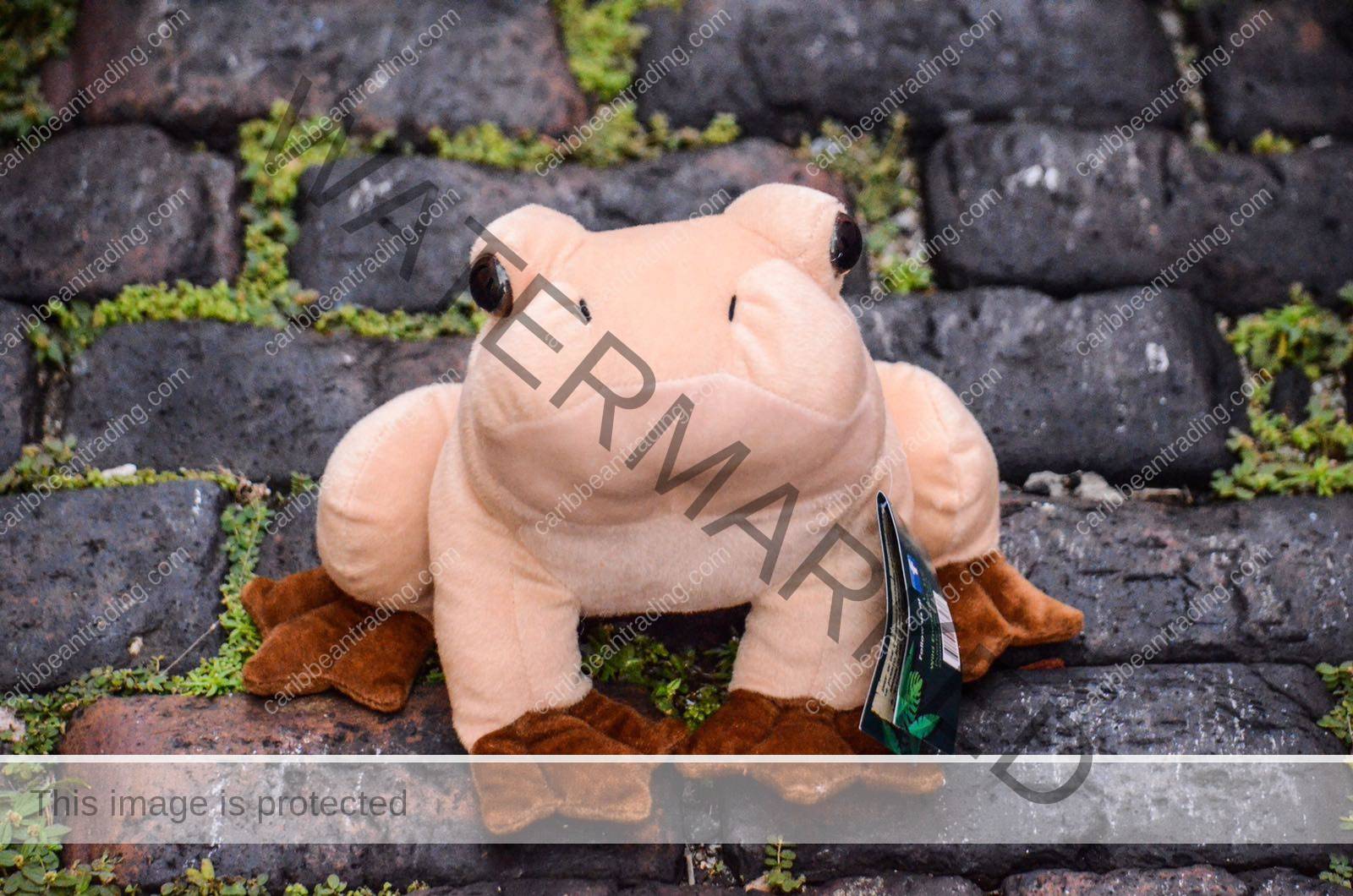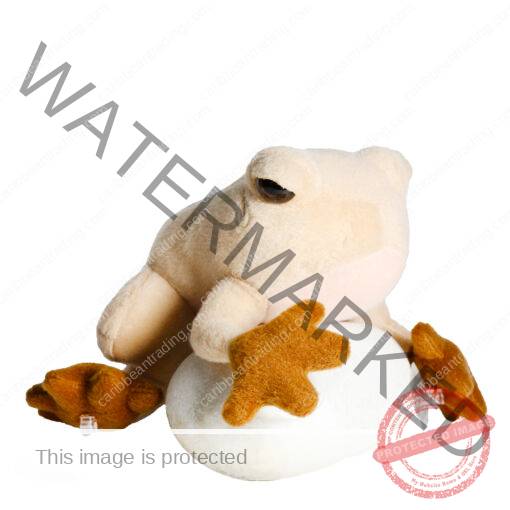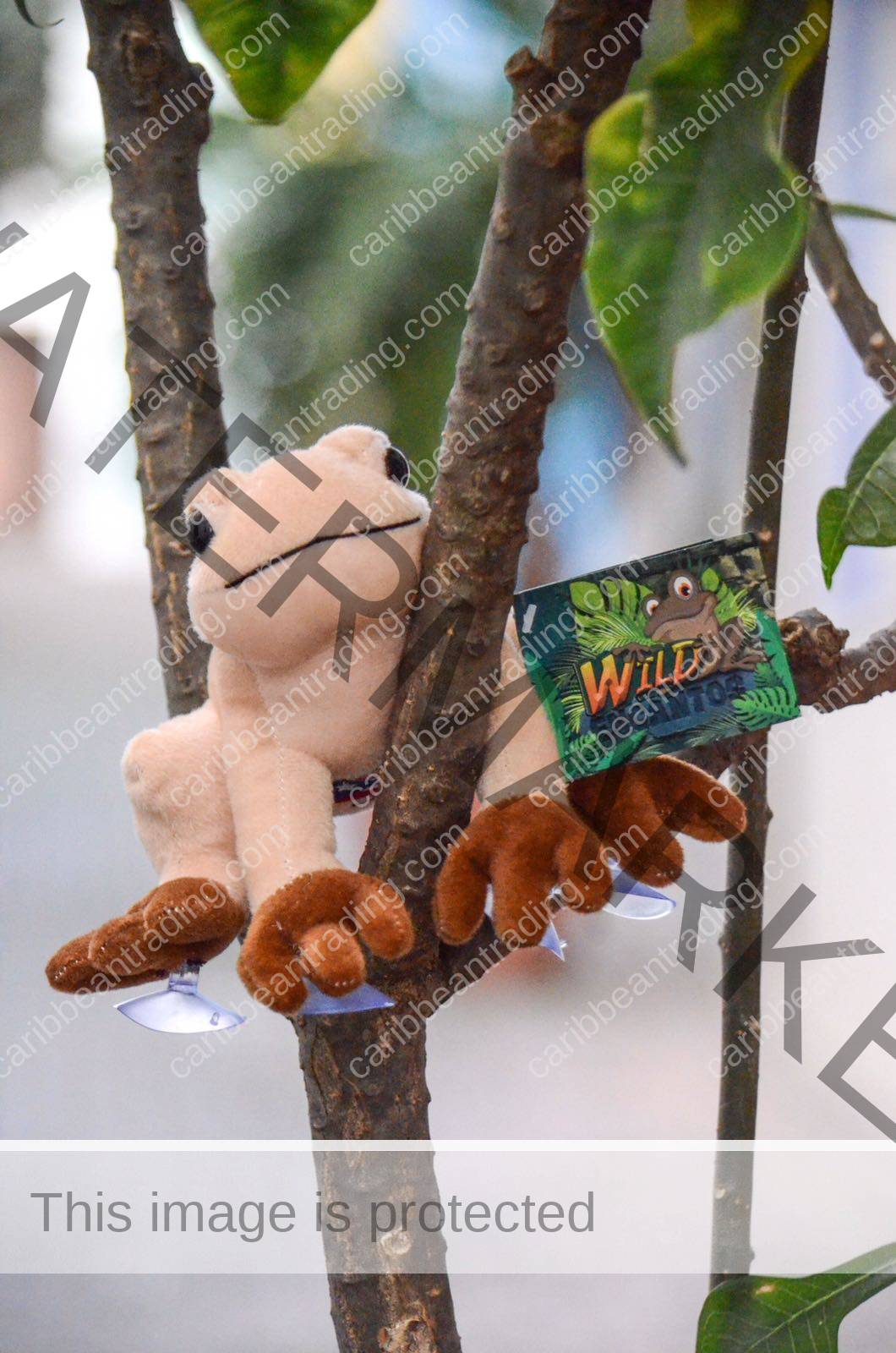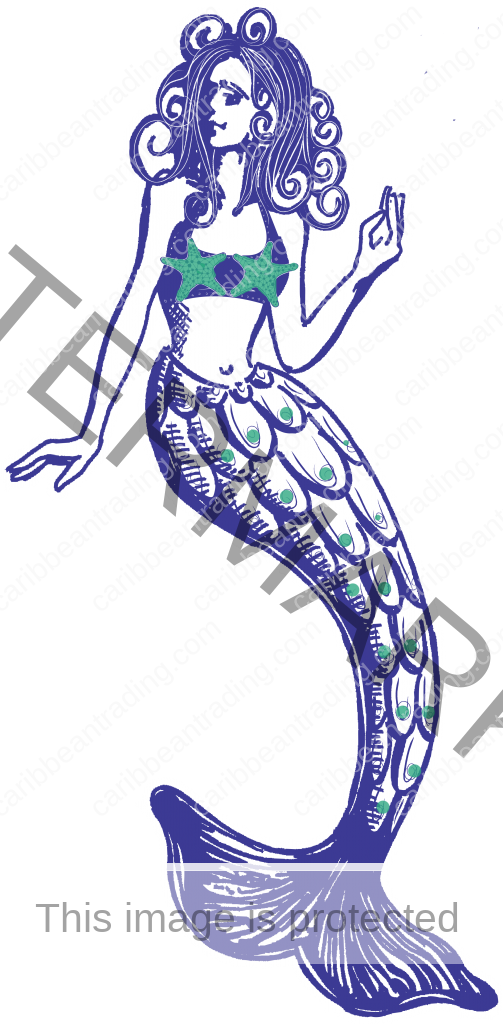Puerto Rico
The Local Animals in Puerto Rico
Puerto Rico is well-known for its beautiful beaches, yes. But we also love its vibrant way of life, and historical cities! Besides that, it has a beautiful fauna in its natural world! This Caribbean island is a hub of biodiversity, merging species from the Americas into a distinct and energetic ecological system!
From colourful and colourful birds to hard-to-find amphibians and unusual reptiles, the wildlife of Puerto Rico represents its tropical climate, lush forests, and varied terrains.
The Coquí: Puerto Rico’s Iconic Frog
The coquí is probably the most famous animal in Puerto Rico. Wanna know why? Because there’s a huge reason for this: those tiny tree frogs, recognized by the unique “ko-kee” sound made by the males at night, encompass Puerto Rican identity and lifestyle.
The island hosts over a dozen species of coquí, with the not unusual coquí (Eleutherodactylus coqui) being the most well-known. In addition to that, they’re extraordinary to take a look at! So, if you’re in Puerto Rico, you need to by no means pass over them!
Despite their small length (generally no bigger than 2 inches), coquí frogs play a vital position in the island’s environment through eating insects and serving as prey for birds and snakes. They are in particular nocturnal and may be located all through PR, from city gardens to El Yunque National Forest.
Puerto Rican Parrot (Amazona vittata)
Previously almost seen all across the island, the Puerto Rican parrot is one of the most endangered avian species globally. Identified by way of its shiny green plumage, blue-shaded wings, and white-rounded eyes, this parrot is unique to PR. What does this mean? That it exists nowhere else in the world!
The destruction of habitats and the introduction of non-native predators have ended in a good sized lower in their population. Nonetheless, due to proactive conservation initiatives, especially in El Yunque and Río Abajo forests, the species is regularly rebounding.
Seeing a Puerto Rican parrot in its natural habitat is a completely unique and superb experience — a proper reflection of the island’s dedication to protecting its herbal heritage.
The Puerto Rican Boa (Chilabothrus inornatus)
This non-poisonous snake is the largest local snake in Puerto Rico, although it only reaches lengths of greater than six feet every now and then (which means it’s very rare!). The Puerto Rican boa is a constrictor that preys on rodents, birds, and reptiles.
Despite its intimidating look, it is harmless to people and is essential in handling the populations of small mammals and pests.
The boa is on the whole lively at night and forest regions, specifically caves wherein bats gather — considered one of their desired meal sources. Although safeguarded, the boa encounters risks from habitat destruction and humans, which sometimes kill them because of fear.
Iguanas and Lizards
Puerto Rico hosts a numerous variety of lizards, presenting more than one species of skinks and anoles. The green anole (Anolis carolinensis) and the Puerto Rican crested anole (Anolis cristatellus) are frequently located basking in sunlight or quick shifting alongside partitions and trees.
Although neighborhood lizard species flourish at some stage in the island, the green iguana is a greater debated presence. Originally added in as a pet, this giant lizard has turned into an invasive species in Puerto Rico, especially in urban areas.
Despite its appealing appearance, the green iguana competes with neighborhood species and may damage gardens and infrastructure.
Birds of the Island
With over 300 recorded species, Puerto Rico is a paradise for birdwatchers. Some are permanent residents, while others are migratory visitors escaping colder climates in the north.
Among the most notable native birds are:
- The Puerto Rican Woodpecker (Melanerpes portoricensis): A striking black-and-red bird found in forests and urban areas alike.
- The Adelaide’s Warbler (Setophaga adelaidae): A small yellow warbler endemic to the island.
- The Puerto Rican Tody (Todus mexicanus): A tiny, colorful bird with emerald green feathers and a bright red throat, known for its quick movements and sharp calls.
These birds add color and music to Puerto Rico’s landscapes and serve important ecological roles in seed dispersal and insect control.
Mammals in Puerto Rico
Unlike many other tropical regions, Puerto Rico doesn’t have a large variety of native land mammals. The island’s only native land mammal is the Puerto Rican hutia (Isolobodon portoricensis), a now-extinct rodent that resembled a large guinea pig and was once a food source for indigenous Taíno people.
Today, most mammals on the island were introduced by humans. These include:
- Mongoose: Introduced in the 19th century to control rats in sugarcane fields, mongooses have become widespread and now pose a threat to native bird and reptile populations.
- Feral Cats and Dogs: These animals often disrupt local wildlife and present challenges for conservationists.
- Bats: Puerto Rico is home to 13 species of bats, which are the only native terrestrial mammals currently on the island. These bats help pollinate plants and control insect populations.
Marine Life
As an island surrounded by warm Caribbean waters, Puerto Rico boasts great marine biodiversity. Coral reefs, mangroves, seagrass beds, and open ocean zones assist loads of marine species.
- Sea Turtles: The beaches of Puerto Rico are nesting grounds for endangered species like the leatherback, hawksbill, and young sea turtles. These majestic creatures are protected by regulations, and several organizations work to reveal and safeguard their nesting places.
- Manatees: Often known as sea cows, Antillean manatees are gentle marine mammals discovered within the shallow coastal waters and estuaries of Puerto Rico. They are prone to boats and pollution, and conservation efforts are ongoing to defend their habitats.
- Fish and Coral: Snorkeling and diving off the coast is a famous underwater world of parrotfish, angelfish, barracuda, and colourful coral species. Coral reefs, mainly round Culebra and Vieques, are essential ecosystems that guide marine biodiversity and guard shorelines from erosion.
All of them are a part of a very wealthy marine life, which us human beings ought to ensure to avoid endangering it with pollutants and trash!
Challenges and Conservation Efforts
Puerto Rico’s local animals face several threats. We all know that: habitat destruction, pollution, invasive species, and weather changes. All of them are really, really harmful.
Besides that, urbanization, especially around coastal areas and forests, has endangered wildlife habitats. Hurricanes like Maria (2017) additionally devastated the island’s forests and animal populations.
However, there is a sturdy and growing conservation movement in Puerto Rico. Organizations along with the Puerto Rico Department of Natural and Environmental Resources (DRNA), Para los angeles Naturaleza, and local corporations are working to shield species, restore habitats, and teach to the public.
Protected regions like El Yunque National Forest, Guánica Dry Forest, and the Jobos Bay National Estuarine Research Reserve are critical in these efforts, offering safe environments for lots native species.
Conclusion
The animals in Puerto Rico are a crucial part of what makes the island so special. They’re not only really beautiful and amazing to see for both tourists and locals, but also important for the whole life.
From the cherished coquí to the uncommon Puerto Rican parrot and majestic sea turtles, the island’s fauna tells a story of variation, resilience, and interconnection with the island’s various landscapes and rich cultural traditions.
So, keep this in mind, alright? Whether you’re hiking through a rainforest, snorkeling over coral reefs, or without a doubt listening to the coquí’s nightly music, the animals of Puerto Rico remind us of the island’s herbal beauty and the urgent want to keep it for future generations. They’re vital for the place!

